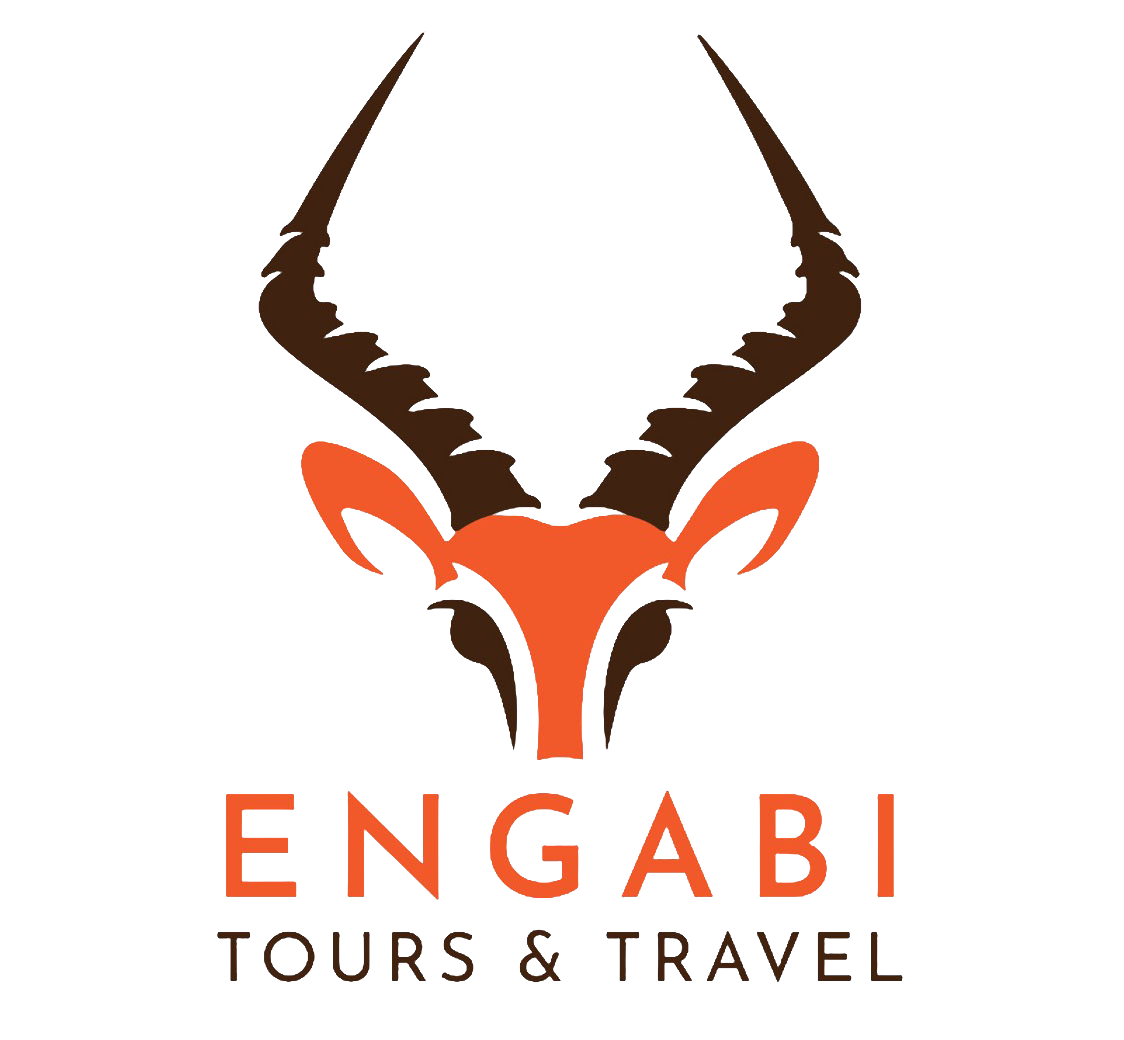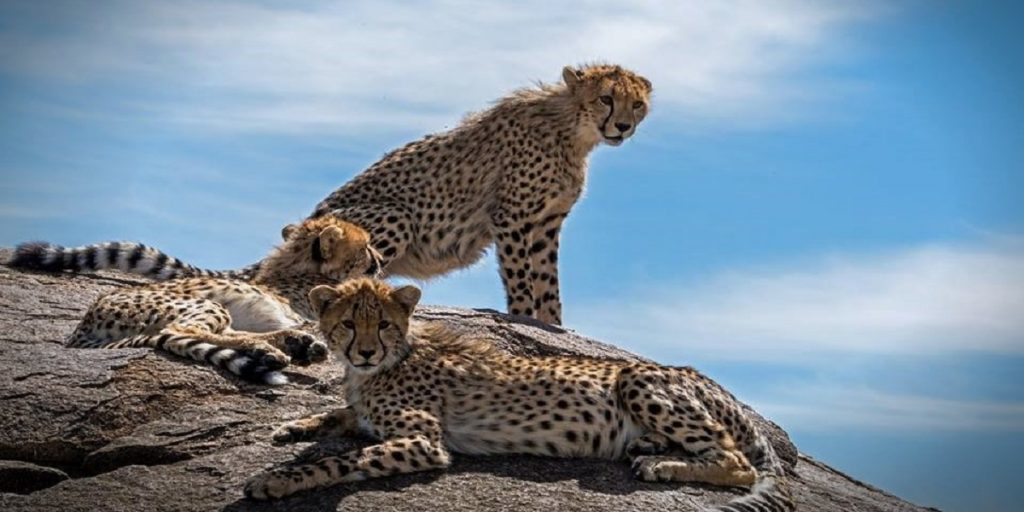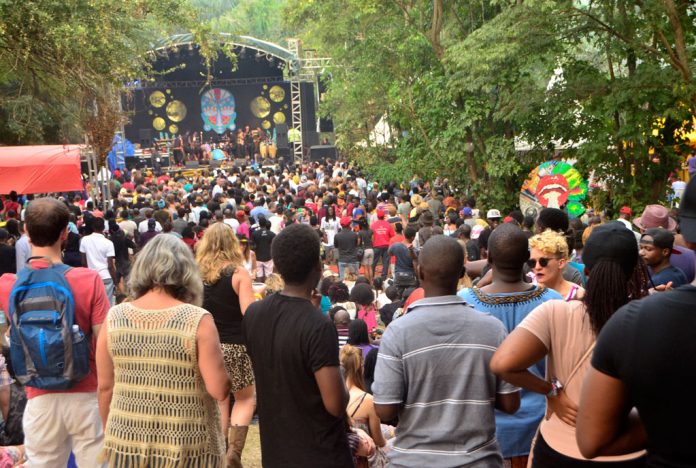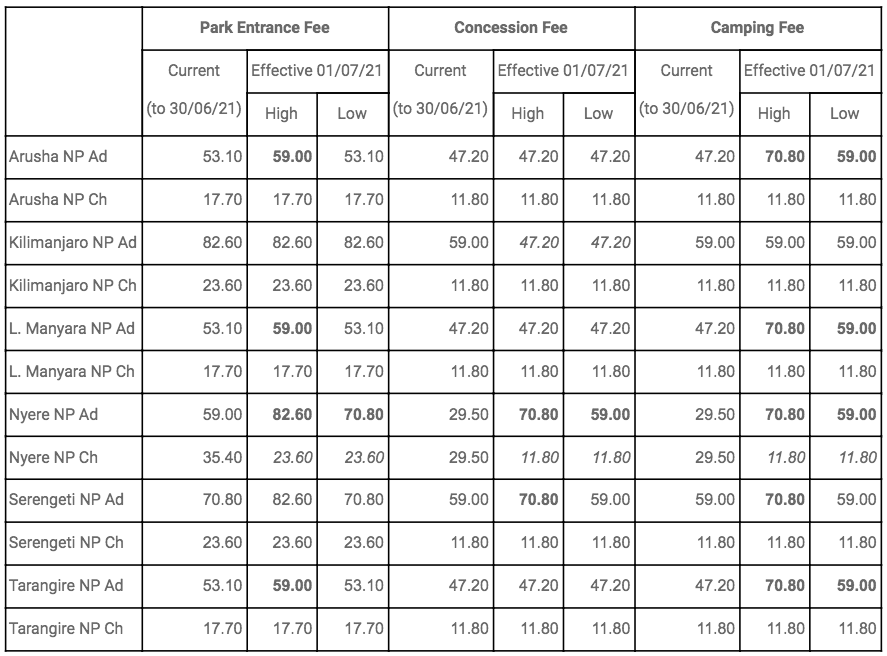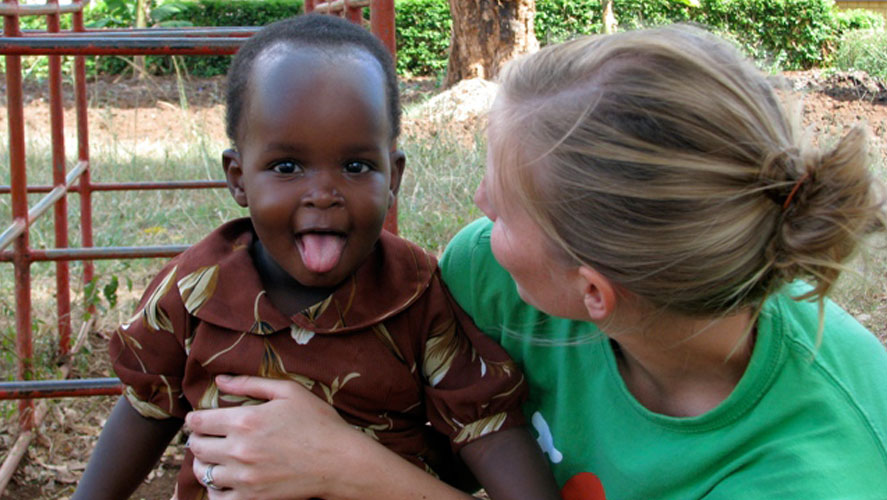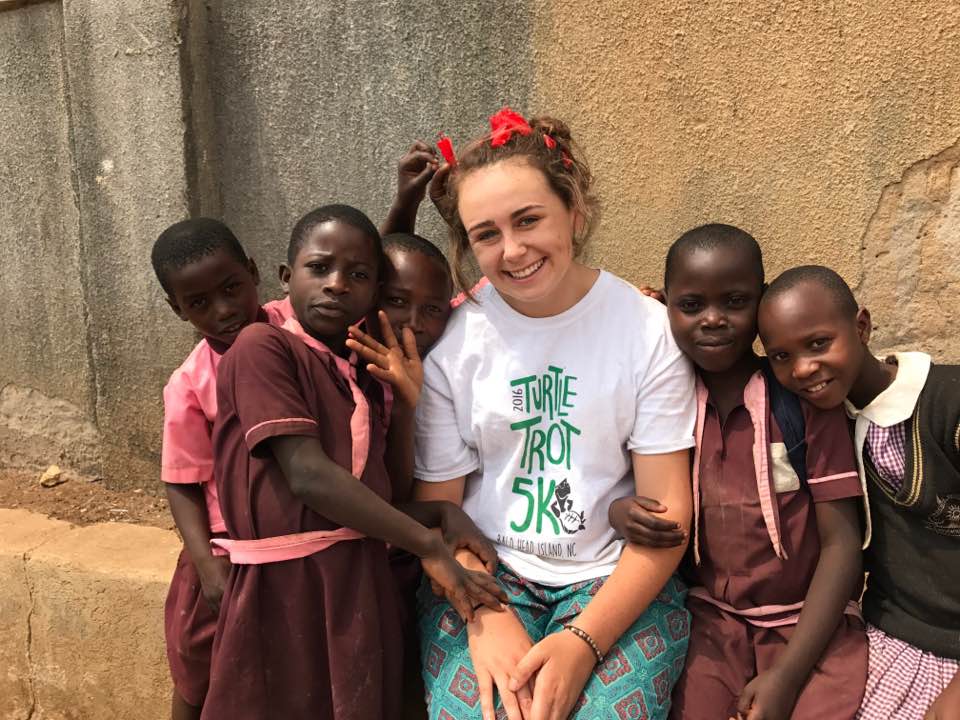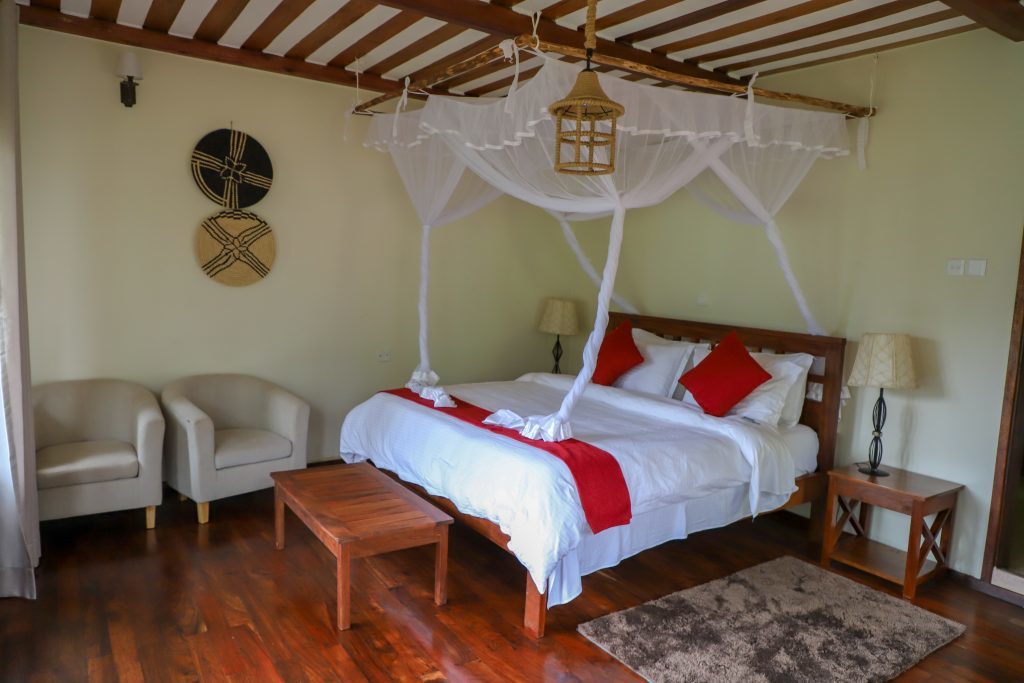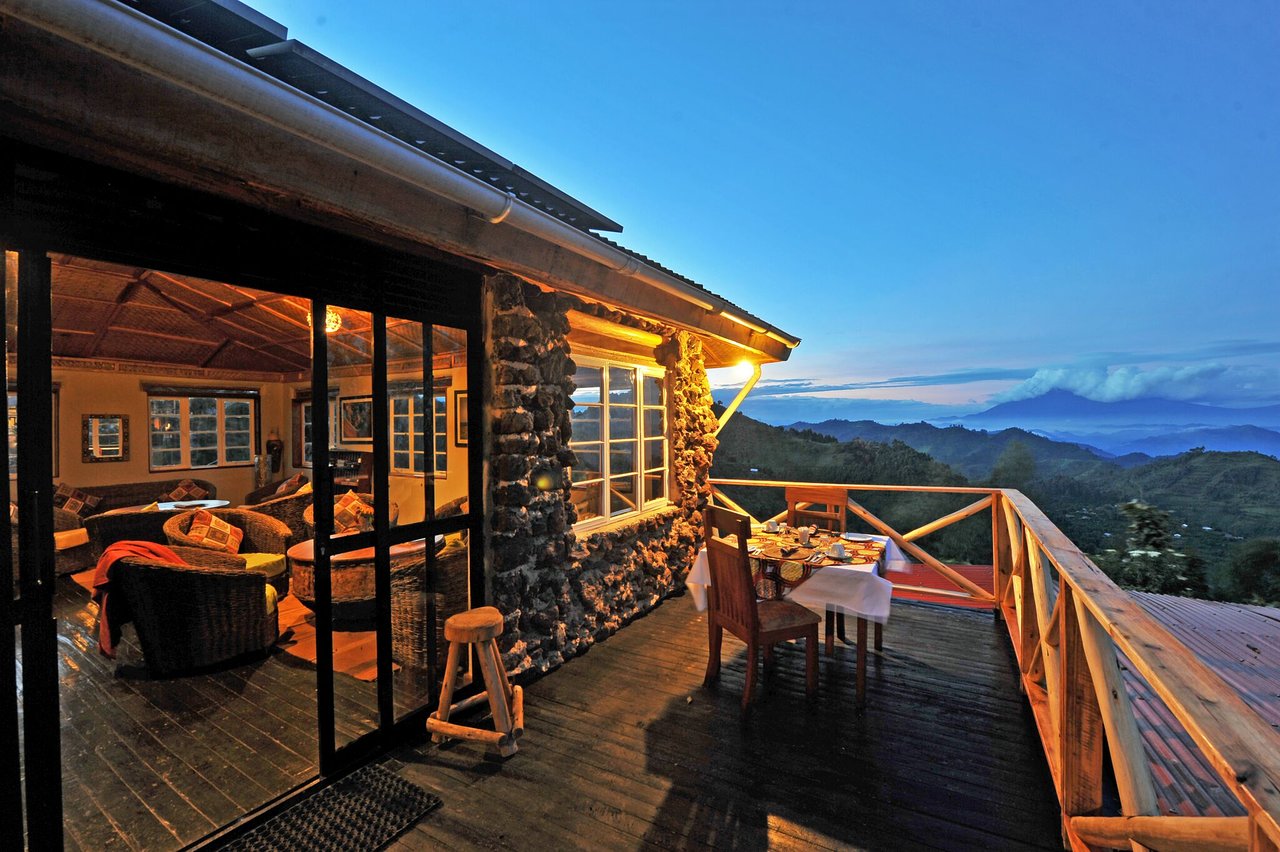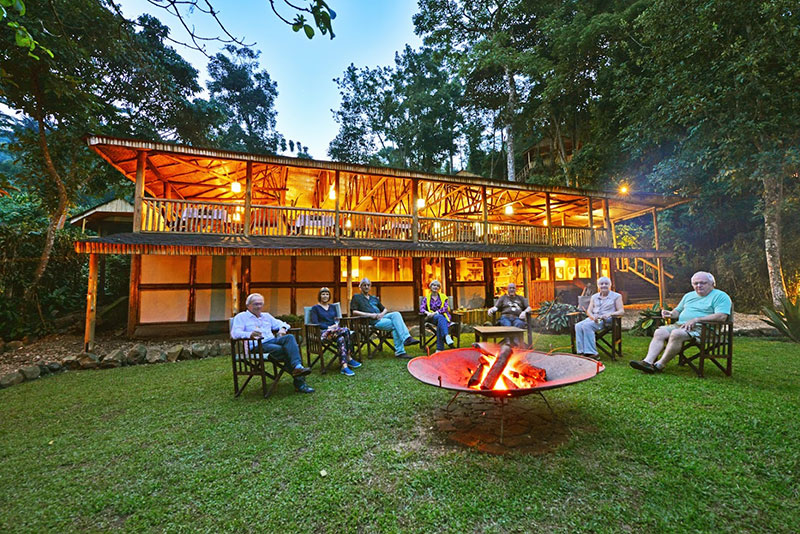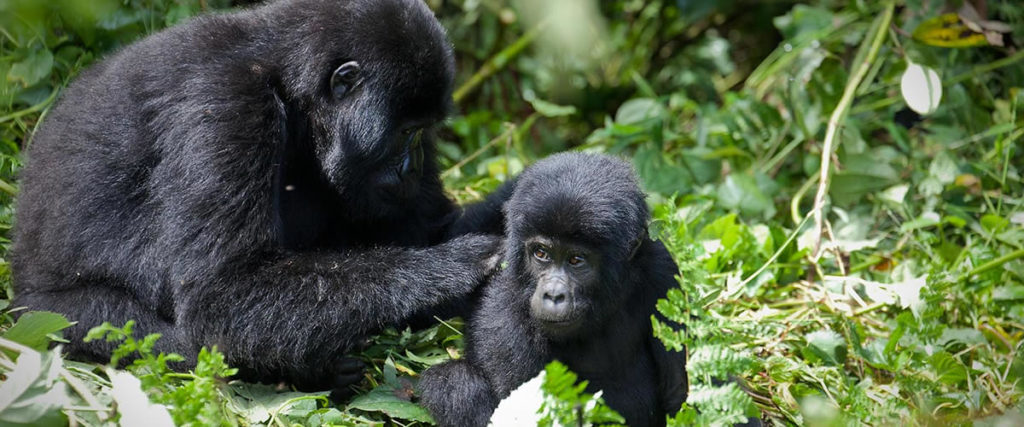Reasons to book a Safari With a Local Tour Operator
5 Reasons to Book a Safari with a local Tour Operator
At Engabi Tours and Travel a local tour Operator in Uganda, we believe that not every trip to Africa requires booking through a local tour operator or travel agent but for many tours and trips, you can save yourself considerable time and effort by booking with a local tour operator company that specializes in travel to your chosen destination.
Many tourists believe that they can save money by booking independently an East African safari tour. However we believe that while tour companies certainly add their commission to the overall cost of the trip the discounts they can pass along to their clients through their relationships with properties and ground operators often makes up for it. In addition to the saving of some money, tour operators who specialize in a destination travel use the same lodges and public transport options that you might choose but have the local expertise to know which ones are safe.
Below are our Tested Reasons Why you should use a Local Tour operator
1. It Ensures Personal Safety
Traveling alone to a new destination especially East Africa can be daunting. You are visiting a new place and you don’t know what to expect in terms of language barriers, Visas, Vaccinations, Currencies, food, transport means and above all safety in a form of political instability and natural disaster or diseases which is often a genuine concern. But remember that a good tour operator stays up-to-date with elections, weather hazards, and high crime areas and is always informed. For example a small skirmish in South Western Uganda may not make headline news in the major news outlets but a specialized tour operator will know about it and can redirect your safari to keep you safe.
Therefore when you book your safari with a local tour operator on your East Africa Safari to Uganda, Rwanda, Kenya or Tanzania you are given the peace of mind that you will be taken care of from beginning to end. You are sure you have your accommodation booked, your transportation means sorted and you are not worried about the Weather, instability, crime or the quality of safari roads.
Evidently, there’s a lot that goes into planning a safari, and it is very time consuming to figure it all out on your own the reason you need the care and guidance of a local tour operator who will enhance your overall travel experience and show you the best parts of each destination, help you to navigate any language barriers and give informed recommendations of where to visit during your stay.
2. It Eases Communication and ensures responsible travelling.
While being exposed to new languages is such an amazing part of traveling, it can be challenging when you are attempting to communicate only to be faced with a language barrier which in most cases might lead you into offending the local communities, endangering conservation or even you missing out on some services or activities just because you can’t communicate but act out every question you have. With the services of a tour operator and a dedicated English speaking local tour guide, you will be easily shown around, your surroundings explained deeply and all your questions that you may have will be answered. It makes it fun and much smoother experience to have someone available to assist you throughout your trip.
3. It Saves Time and Money
Booking an East Africa Safari tour independently can get expensive without discounts on accommodation, transportation and some activities. It can also be time-consuming when coordinating all of the travel plans, activities and itineraries on your own. However when you book your East Africa Safari through a tour operator, you get the added benefit of having a one-stop shop, which includes comfortable and discounted accommodations ,Transportation means, and extensive sightseeing activities with comprehensive itineraries all at a great value.
4.It ensure Stress free East Africa Safari tour Planning
Booking an East Africa Safari tour is exciting but can also be stressful as there are lots of factors to consider and planning it all alone can be exhausting! For a truly relaxing travel experience, we believe using a local tour operator will alleviate the stress of planning a safari tour as the tour operator takes care of all the details for your next East Africa safari tour including internal flights, accommodations, Ground transportation and comprehensive itineraries. All you do is select which East Africa Safari package suits you best and with just a few clicks you are all set.
5.It Ensures Responsible travel and helps to learn new cultures
One of the most exciting parts of going on an East Africa Safari is experiencing and learning about new cultures and we believe a local tour operator can recommend the best local and immersive experiences if you book with them.
Additionally a local tour operator on your East Africa safari can help and guide you on how to travel responsibly. Booking your East Africa Safari through a local tour operator will ensure that your trip doesn’t have a negative impact on the people, wildlife or landscapes that you encounter along the safari. If you intend to support communities or conservation on your East Africa Safari, an experienced tour operator will be able to help you choose on-the-ground communities and small scale businesses that are locally owned and are environmentally conscious.
Are you interested in learning more about East Africa Safari Packages? Contact us for information and Price quotes
